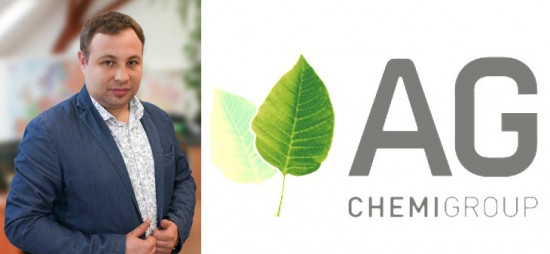Through deeper analysis of business models and chemical processes, a team from MIT have found an economic way to turn waste saltwater from desalination plants into industrial chemicals, such as caustic soda. Not only does the method produce cheaper chemical feedstocks, but it also solves the problem of what to do with toxic brine waste.
The team have now published their results in the journal Nature, where they explain how after initial nanofiltration to remove undesirable compounds, the system uses, “A direct electrosynthesis (DE) process … to produce H+ and OH–, which combine with the brine stream to produce NaOH and HCl.”
While the authors admit that the basic chemical process is not new, the team have analysed current production methods and state on the MIT website that they have found, “a specific combination of products and chemical processes that could be turned into commercial operations to enhance the economic viability of the desalination process, while diminishing its environmental impact.”
As such the study contains a broad inspection of the entire operation at a desalination plant. It includes, as the report notes, “… developments in earth-abundant catalysts for water splitting and the competing chlorine evolution reaction (CER), as well as challenges in inefficiency and productivity associated with these processes.” Additionally, analysing, “... the economic impact and feasibility of direct electrosynthesis.”
Like others, the team are concerned about the growing problem of brine waste produced by the world’s 16,000 desalination plants. As the news channel, France24, reports, “For every litre of fresh water extracted from the sea or brackish waterways, a litre-and-a-half of salty slurry, called brine, is dumped directly back into the ocean or the ground.”
In a recent study, published in the journal Science of the Total Environment, Manzoor Qadir, a scientist at the Institute for Water, Environment and Health at United Nations University in Ontario, Canada, calculated that globally, desalination plants produce more 51.8 billion cubic metres very year. Which National Geographic magazine claims is, “… enough to cover the state of Florida in a 30-centimetre (one-foot) layer of salty slime.”
“The world produces less desalinated water than brine, and almost all the brine goes back into the environment, mostly in the ocean,” explains Qadir. This creates ‘dead zones’ where the extra salinity decreases the water’s oxygen content and aquatic life dies.
The MIT team hope to lessen that impact, improve desalination plant chemical and energy efficiency, and produce basic industrial chemicals as an alternative revenue stream. This is because while some of the chemicals produced would be used in the desalination process, the excess could be turned into, for example, as sodium hydroxide.
As the MIT website states, “Otherwise known as caustic soda, sodium hydroxide can be used to pre-treat seawater going into the desalination plant. This changes the acidity of the water, which helps to prevent fouling of the membranes used to filter out the salty water — a major cause of interruptions and failures in typical reverse osmosis desalination plants.”
“The desalination industry itself uses quite a lot of sodium hydroxide,” says co-author Amit Kumar, an MIT research scientist. “They’re buying it, spending money on it. So, if you can make it in situ at the plant, that could be a big advantage.”
Jurg Keller, a professor of water management at the University of Queensland in Australia, who was not involved in this work, agrees that on-site production of caustic soda could make big savings. “One aspect that was mentioned … and strongly resonated with me was the proposal for such technologies to support more ‘localized’ or ‘decentralized’ production of these chemicals at the point-of-use,” he says. “This could have some major energy and cost benefits, since the up-concentration and transport of these chemicals often adds more cost and even higher energy demand than the actual production of these at the concentrations that are typically used.”
AG CHEMI GROUP has been supplying chemical raw materials since 1994. It is also a global supplier of industrial quantities of caustic soda.

If you are interested in sodium hydroxide, hydrochloric acid, potassium sulfate, or any other industrial chemical feedstock, then please contact the friendly, multi-lingual sales team, or take a look at the AG CHEMI GROUP catalogue.
Crucially, the process will produce more chemical feedstock than the desalination plant needs, so the extra can be produced for sale to the chemical industry.
As well as producing caustic soda, the new technique also provides hydrochloric acid, another versatile chemical raw material. The team are also continuing to study the plant’s operations, examining ways to extract other, lower-concentration materials from the brine stream. This includes various metals and other chemicals, which could add to a desalination plant’s profitability.
However, at this stage, the highest hurdle is finding the money to develop the concept into a reality. As Kumar observes, “One big challenge is cost — both electricity cost and equipment cost.”
That said, the researchers remain hopeful and have already discussed their ideas with numerous desalination companies, a number of which have stated their interest in investing in a prototype facility to work out the process’s real-world economics.
Client Zone – Be in Touch with All the Important Information

Take the opportunity to register in our client zone to find complete product specifications and latest updates on our offers.
Photo credit: BusinessToday, Sasakura, KCRW, watertechonline & hydrochloricacidhcl. pexels